Law changes in California over the past several years have made it far easier to add an accessory dwelling unit (also known as an ADU, granny flat, casita, guest house, accessory unit, additional dwelling unit, accessible dwelling unit, mother-in-law suite) to most residential properties. Parking requirements and fees have been reduced or eliminated, plus most impact fees have been waived on ADU projects. Setbacks have also been reduced to just 4’ on side and rear yards, meaning smaller lots may now accommodate an ADU. The ADU laws include single family properties, as well as multifamily properties.
If you own a multifamily property – a duplex or up to a large apartment building – you are allowed to build up to two detached ADUs. In some cases, you may be able to stack the ADUs, which means even smaller lots have the potential to accommodate two new units. You may also be able to build more units under the City of San Diego’s Affordable ADU Bonus Program. Read on to learn more about the regulations that pertain to developing ADUs on multifamily properties in the San Diego area.
How many ADUs are allowed on a multifamily property?
Most municipalities in Greater San Diego will allow up to two detached ADUs on properties with existing multifamily development. The City of San Diego, however, will allow up to two detached ADUs on properties that are simply zoned for multifamily, even if there is only a single family residence currently on the property. Additionally, the City of San Diego allows two ADUs on properties with an existing multifamily residence (like a duplex) even in a single family zone.
If you are in the City of San Diego, you may also be able to build more units that are deed restricted to low or moderate income levels. You may build one ADU that is not deed restricted (e.g. you can rent it out at market rates) for every deed restricted ADU you build, subject to underlying zoning requirements on floor area ratio and lot coverage requirements. Learn more about the Affordable ADU Bonus Program.
In all cases, limits on your underlying zoning will still apply to your ADU build. However, even if you are maxed out on your FAR (floor area ratio) or RFA (residential floor area), you are still allowed to build at least one 800 sqft ADU, according to state regulations. This 800 sqft single-story ADU is allowed “by right,” meaning a city must allow it, so long as it conforms to building codes.
Also, unlike single family properties, you may not add a junior accessory dwelling unit (JADU) to a multifamily property.
What is a multifamily ADU property?
A multifamily dwelling refers to a residence that contains more than one housing unit, like a duplex or townhome. Although it is one property, a number of families reside there and each has its own unit for individual parties to reside. This could be a duplex – which is one structure divided into two units – with two separate entrances, or a townhome.
When you hear about multifamily, it is important to make a distinction between the property zoning and the structure itself. This is crucial because some cities in San Diego County specify that you may only add two ADUs if the property has been developed with an existing multifamily structure, and in a residential zone. A multifamily building in an industrial or other zone type can likely not take advantage of the ADU laws.
Can you build an ADU on a duplex in California?
Yes, you can likely build up to two ADUs on a property with an existing duplex. You may see a lot of different scenarios with multifamily zoned lots, including properties with the following structures currently built on them:
- Single family dwelling
- Two single family homes that are not attached to each other
- Multifamily dwelling structure (two or more attached units)
So typically, you would be able to build two ADUs in the last example: a property with an existing multifamily dwelling already built on it.
It’s also important to note that you are allowed to build up to two accessory dwelling units per parcel; in multifamily complexes, a property might contain multiple parcels.
Can I turn my property into a multifamily property?
While you can’t change the zoning of your property (which dictates what kind of development may take place there), you can add units in the form of ADU. Much of California’s recent legislature has been designed to improve the process of adding units, so the law is in your favor if this is the way you choose to go.
Why is it a good idea to add ADUs to a multifamily property?
ADUs allow property owners to add new units onto an existing property, meaning you can generate additional income from land you already own. These units can be up to 1200 sqft, which can comfortably fit three bedrooms or even four bedrooms.
What kind of ADUs can I build on multifamily property?
You are allowed to build two types of ADUs – newly constructed detached units, plus conversions of existing non-habitable space.
For new detached ADUs, you can build two on the property. Depending on the rules for your jurisdiction, you may be able to attach the two ADUs to each other, either side by side or stacked on top of each other as two stories. Some cities require each accessory dwelling unit to be standalone with separation between the buildings in accordance with minimum building separation rules.
For conversions of space, the minimum number of ADU conversions allowed is one, up to a maximum equal to 25% of the number of existing multifamily units. This is in addition to the allowed number of detached ADUs. This means that if you have an eight-unit property, you could convert non-habitable space within the building into to ADUs (8 units * 25% = 2), plus add two detached ADUs.
What spaces can you convert to an ADU?
San Diego County policy states that any existing accessory structure can be converted into an ADU. This can include a garage, shed, or workshop… any non-habitable space, as long as it is not currently classified as a dwelling unit. We most commonly see garages and existing sheds being converted. These units are subject to local jurisdiction and setbacks just like any other ADU, although the conversion process can look different depending on various factors. If you have a non-conforming garage (meaning it is encroaching on the setbacks), you are allowed to convert the garage, or demolish it entirely and construct an ADU in its place.
What are the requirements for renting out ADUs?
ADUs may be rented for periods of more than 30 days. Owner occupancy requirements have been waived for ADUs built through 2024 and likely will be extended to 2030. This means that an owner of a multifamily property may build an ADU without having to sign an agreement that they will live on the premises (which was previously the case prior to legislation changes). Read more about owner occupancy requirements and renting out ADUs on our blog.
All information included in this blog is based on our past design/permit/build experiences and our best understanding of local and state regulations as of this time. With our clients, we do our best to identify the most likely scenarios and interpretations so that we can accurately advise on budget and scope. In the end, we don’t want anyone to be surprised… at least not by the costs or process (though it’s a good thing to be surprised by how smoothly things go and how great the ADU looks after it’s completed!).
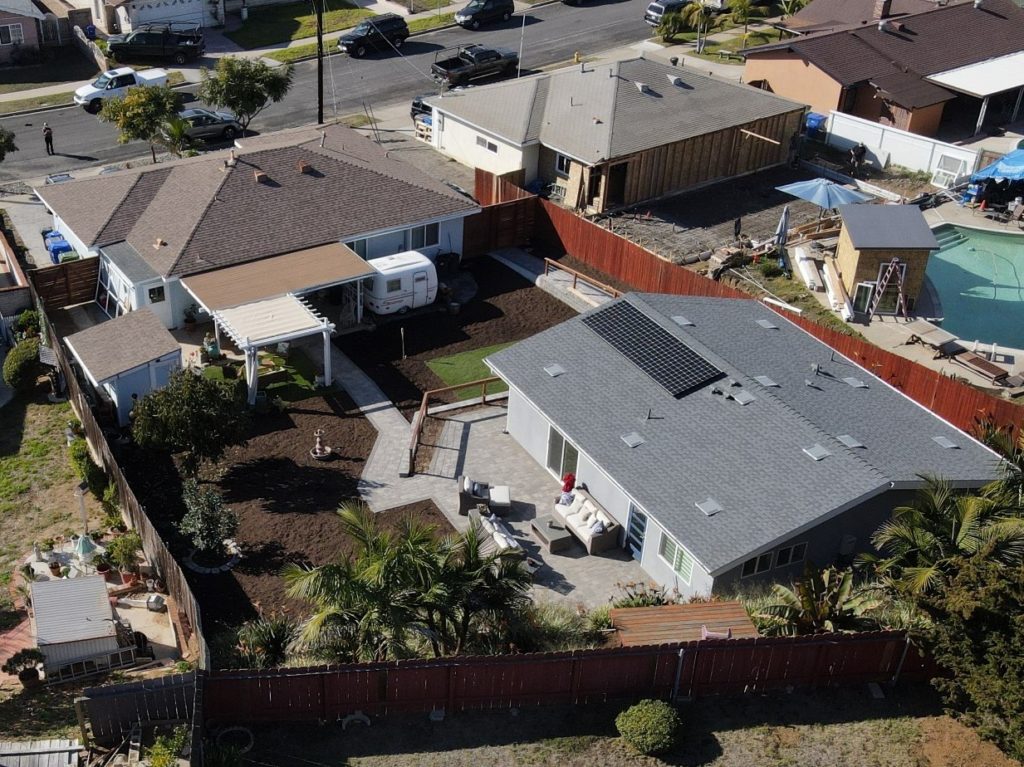
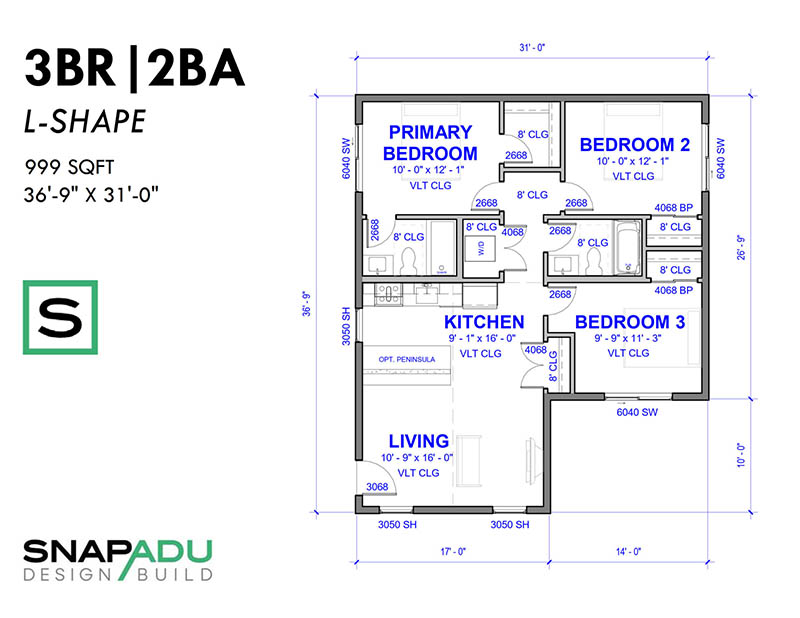
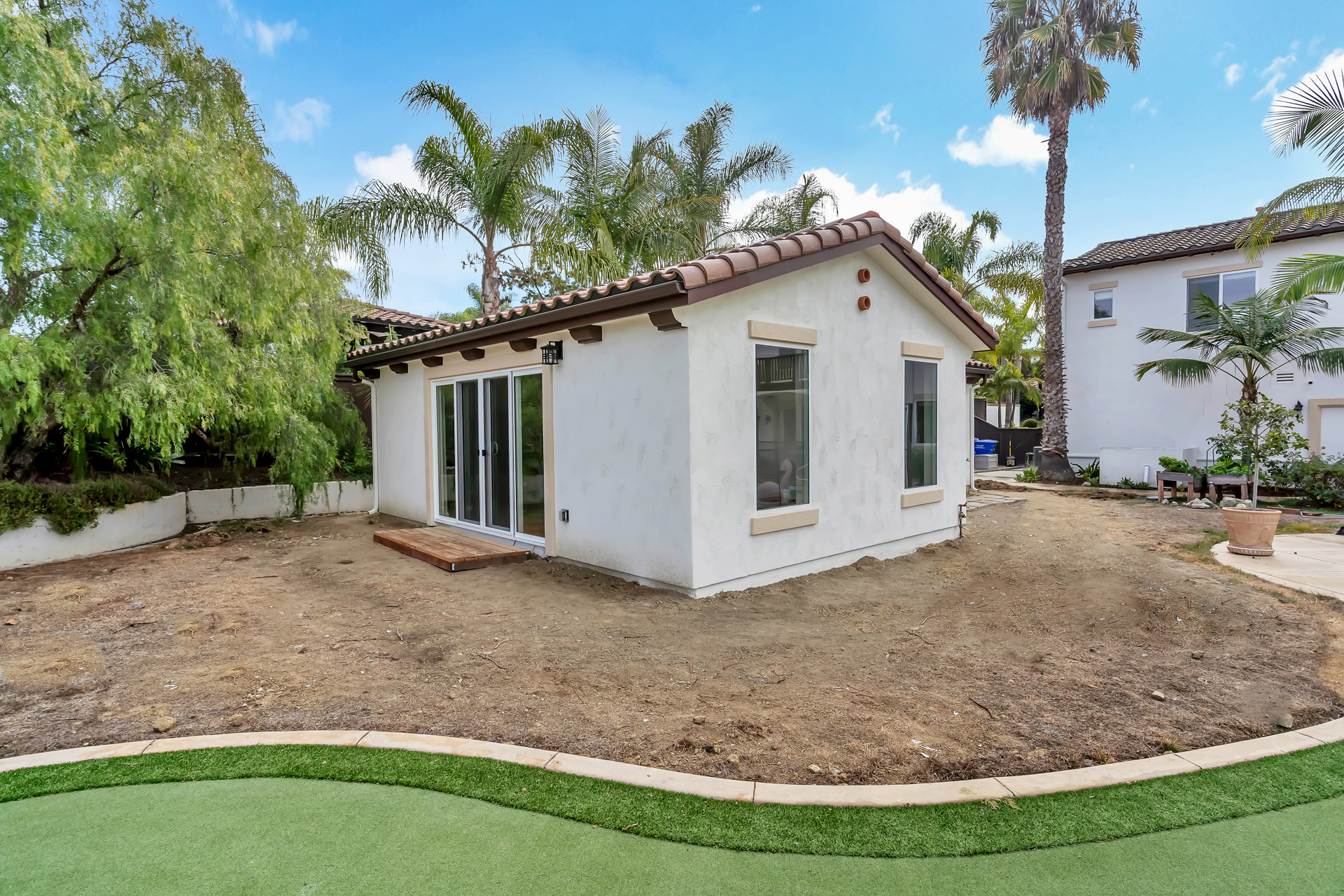
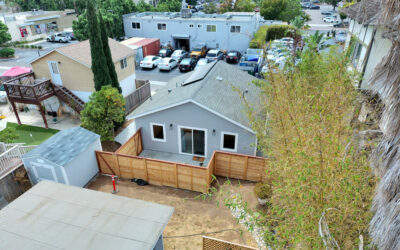
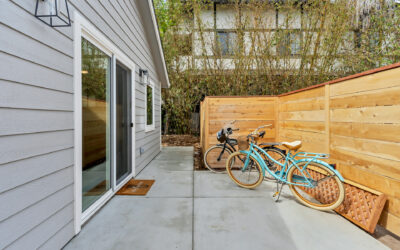
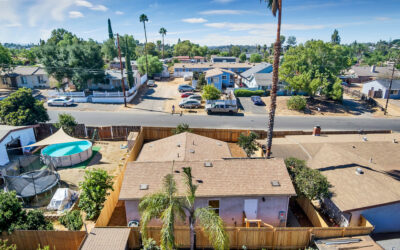
0 Comments